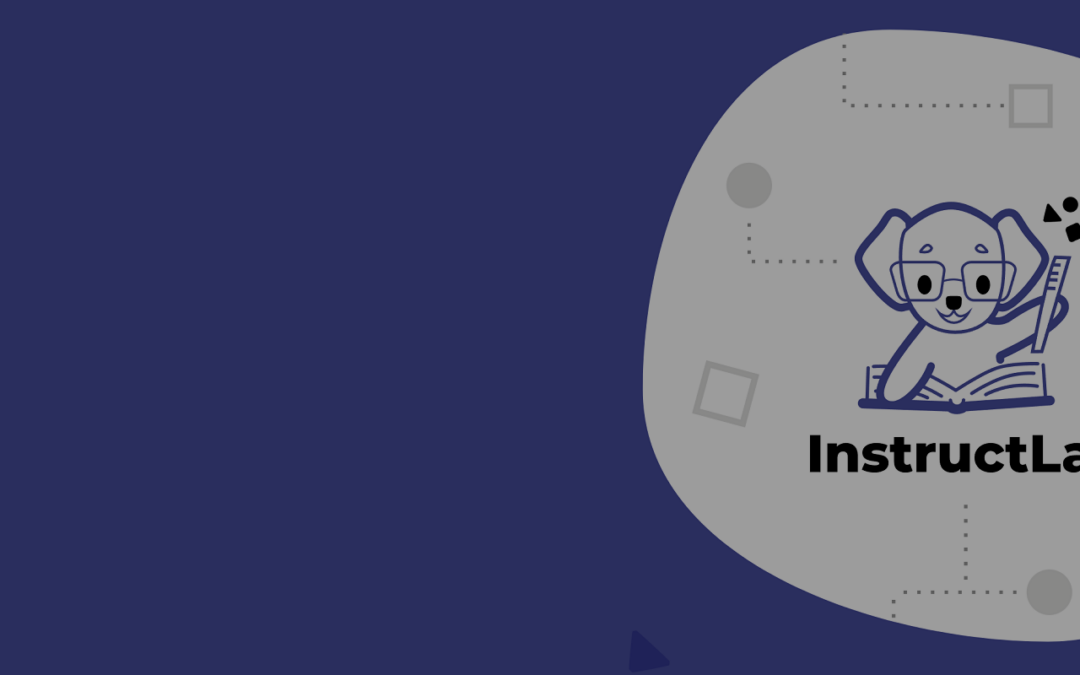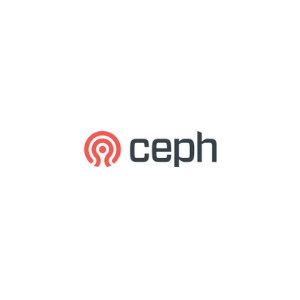
by Anil Vishnoi, Brent Salisbury, Ryan Cook | Dec 10, 2024 | AI
“An intuitive and accessible UI is critical to even the most powerful AI system” As artificial intelligence (AI) continues to evolve, its influence spans across industries, transforming operations and enhancing decision-making processes. At this point in...

by Ryan Cook | Oct 6, 2022 | Hybrid Cloud, Trust
The release of Kubernetes 1.24 includes signed images, which highlights the importance of delivering secure images. Whether container images are being distributed to customers or run within your own datacenters, you must ensure that the assets within the software have...

by Scott Creeley, Ryan Cook, Parul Singh, John Strunk | Aug 23, 2021 | Hybrid Cloud
Organizations face a challenging task of identifying and developing data storage, backup, recovery, and migration solutions for the enterprise. There are a wide variety of tools and solutions in the ecosystem that work well with traditional legacy-type environments,...
by Scott Creeley, Ryan Cook, Erin Boyd | Sep 23, 2020 | Hybrid Cloud
This is the third post in our series investigating how Rook-Ceph and RBD Mirroring can be best utilized to handle Disaster Recovery scenarios. The first post in the series, “Managing application and data portability at scale with Rook-Ceph,” laid some...

by Erin Boyd, Scott Creeley, Ryan Cook | Apr 29, 2020 | Hybrid Cloud
In our previous blog, Managing application and data portability at scale with Rook-Ceph, we talked about some key features of Rook-Ceph mirroring and laid groundwork for future use case solutions and automation that could be enabled from this technology. This post...





